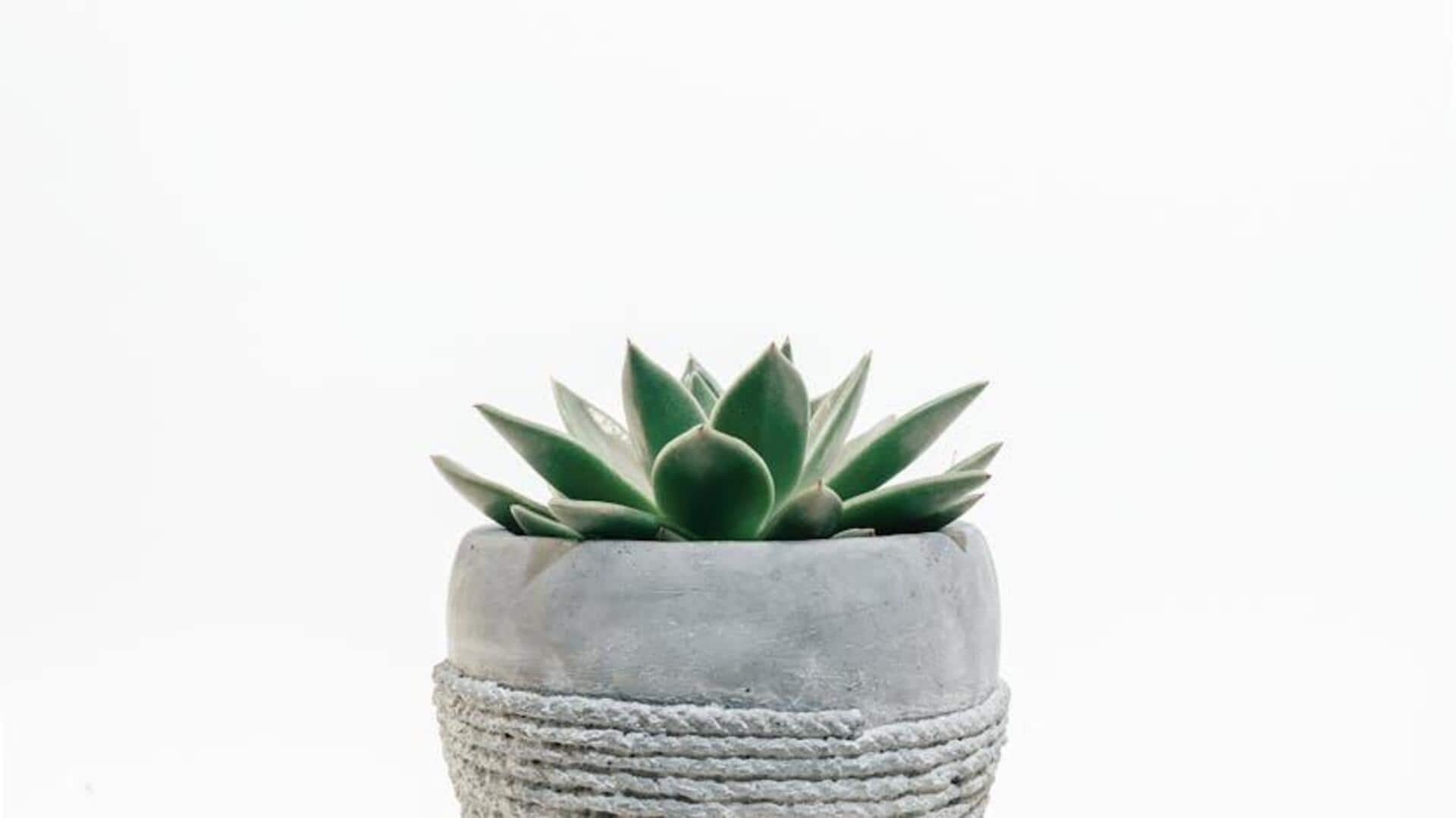
How to choose the right pot size for plants
What's the story
Selecting the appropriate pot size is crucial for ensuring plant health and growth. The right pot size can influence root development, water retention, and nutrient availability. Knowing how different factors affect your choice of pot can lead to healthier plants and more successful gardening outcomes. Here's how you can choose the correct pot size to support your plants' needs effectively.
Growth potential
Consider plant growth potential
When choosing a pot, keep the mature size of your plant in mind. A small seedling may need a smaller pot in the beginning, but as it grows, it will need more space for its roots to expand. Picking a pot mindful of future growth helps avoid root-bound conditions, which can stunt plant development and compromise overall health.
Drainage needs
Evaluate drainage needs
Proper drainage is key to keeping soil from getting waterlogged and root rotting. Make sure the pot you choose has proper drainage holes at the bottom. If required, add some gravel or stones at the base to further enhance the drainage. This way, the excess water will flow out while keeping the moisture level optimal for plant roots.
Pot material
Match pot material with environment
The material of your pot plays a big role in regulating temperature and moisture. Clay pots are porous and allow for air circulation, however, they may dry out quickly in hot climates. Plastic pots retain moisture better but can overheat in direct sunlight. Take your local climate into consideration when choosing between clay, plastic, or ceramic materials for optimal conditions for your plants.
Aesthetics vs functionality
Balance aesthetics with functionality
While aesthetics play a key role in selecting a pot that goes with your space's design, don't compromise on functionality. Make sure that decorative pots still leave enough room for roots to grow and have good drainage capabilities. Balancing eye-catching look with practical features guarantees healthy plants and a pleasing display.
Regular monitoring
Monitor plant health regularly
Regularly observe your plants' health by checking their leaves, stems, and overall look. If you see yellowing leaves or stunted growth, despite proper watering and fertilization, consider repotting into larger containers. This should be based on routine checks throughout each growing season for all types, whether for decorative or edible purposes.